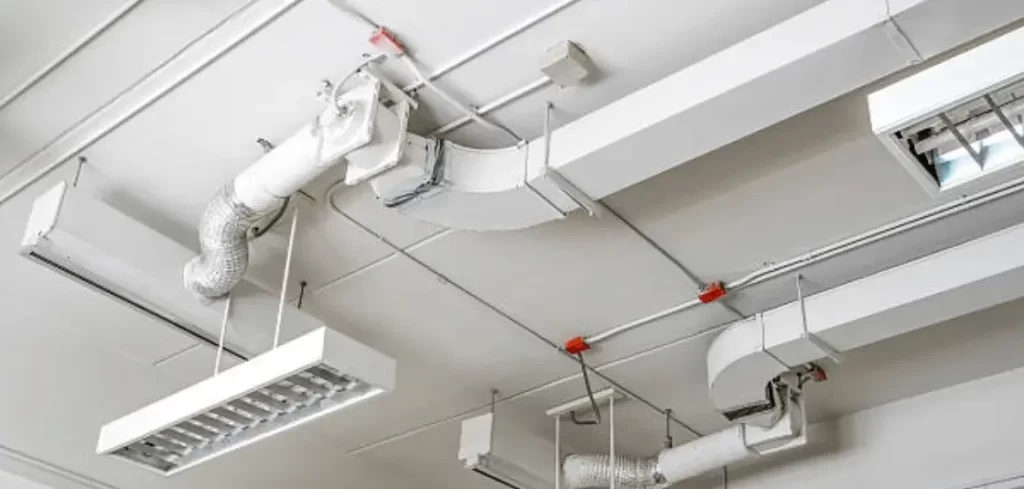
We are in National Healthcare Facilities and Engineering Week, celebrated every year from October 23 to 29. This celebration promoted by ASHE highlights the important role played by facilities team members in ensuring a safe and efficient environment for all patients, residents, visitors, and hospital staff.
We know and recognize that creating a safe environment is a significant task, involving a large group of engineers and professionals whom we are grateful for in their vital role in this field. That's why we created this article, explaining the importance of having optimal air quality in these centers.
1. The Role of HVAC Systems in Healthcare Centers
Los sistemas HVAC en centros hospitalarios, desempeñan un rol que va mucho más allá de brindar confort a los pacientes, profesionales y visitantes.
Al momento de instalar estos sistemas es importante tener en cuenta características y necesidades específicas para llegar así a garantizar una calidad del aire óptima, puesto que es un espacio en el que se encuentran personas con un alto grado de vulnerabilidad, que buscan ambientes seguros y limpios, que los apoyen en sus procesos de recuperación y a su vez eviten la propagación de enfermedades, controlando zonas que requieren una temperatura y/o humedad específica.

2. Air Pollution and Factors Involved
WHO data shows that nearly everyone (99% of the world's population) breathes air that exceeds WHO guideline limits for the most common pollutants, contributing to over 7 million premature deaths worldwide each year and harming the health of billions more. Low- and middle-income countries are disproportionately affected and suffer the most exposure.
What are particles?
The air around us is filled with very small solid and liquid particles, also known as PM or particulate matter. Particles are usually divided into three groups based on their diameter size in micrometers (µm):
PM10: Coarse particles with diameters of 10 µm and smaller
PM2.5: Fine particles with diameters equal to or less than 2.5 µm
PM1.0: Ultrafine particles with diameters equal to or less than 1 µm
What are the harmful effects of PM exposure?
The relationship between PM and short- and long-term health effects is well documented.
According to the EPA, exposure to inhalable particles can affect the heart and lungs. Any particle less than 10 µm can have a negative impact on health, but especially fine (less than 2.5 µm) or ultrafine particles (less than 1 µm) are more likely to be inhaled and lodged in the lungs or, in some cases, enter the bloodstream.
People with heart or lung diseases such as coronary artery disease, congestive heart failure, asthma, or COPD, as well as children and older adults, are at greater risk from PM exposure.
Specific health impacts include:
Eye, nose, and lung irritation
Exacerbation of coronary and respiratory disease symptoms
Premature death in people with heart or lung diseases
3. How Can We Reduce PM Exposure?
There are three fundamental ways to reduce PM indoors:
Source control
Ventilation
Air cleaning
Passive approaches, such as source control and ventilation, are the initial lines of defense, as they help minimize and dilute the contaminants that enter and stay indoors. However, to achieve optimal IAQ, it is important to add air cleaning technologies that actively treat the air as part of a multi-layered approach. These technologies make particles larger, which in turn makes it easier for HVAC systems to capture and remove them.
Source: GPS Air
Translated by: Teksol Group Solutions
Improve the air quality being breathed.
Learn about the equipment we distribute to improve indoor air quality, with GPS Air's patented technology.



